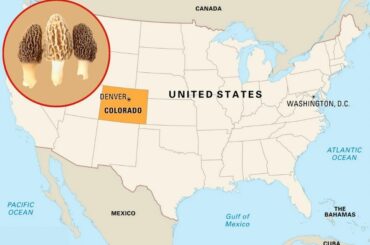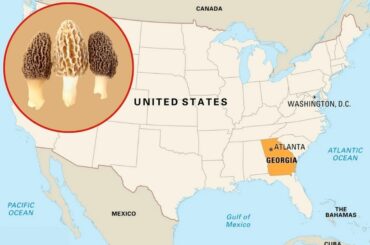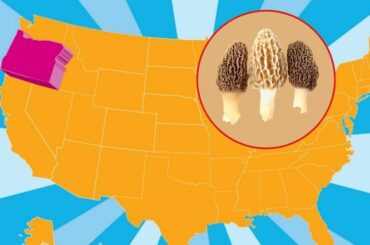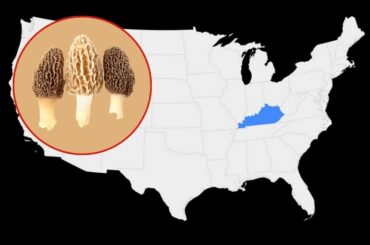How to Tell When Mycelium is Fully Colonized? Several factors can contribute to a less than fully colonized Mycelium culture. The most common cause is incorrect incubation temperatures, which can take the culture much longer to colonize fully. However, if you’re unsure whether your mycelium is fully colonized or not, there are a few things you can look for.
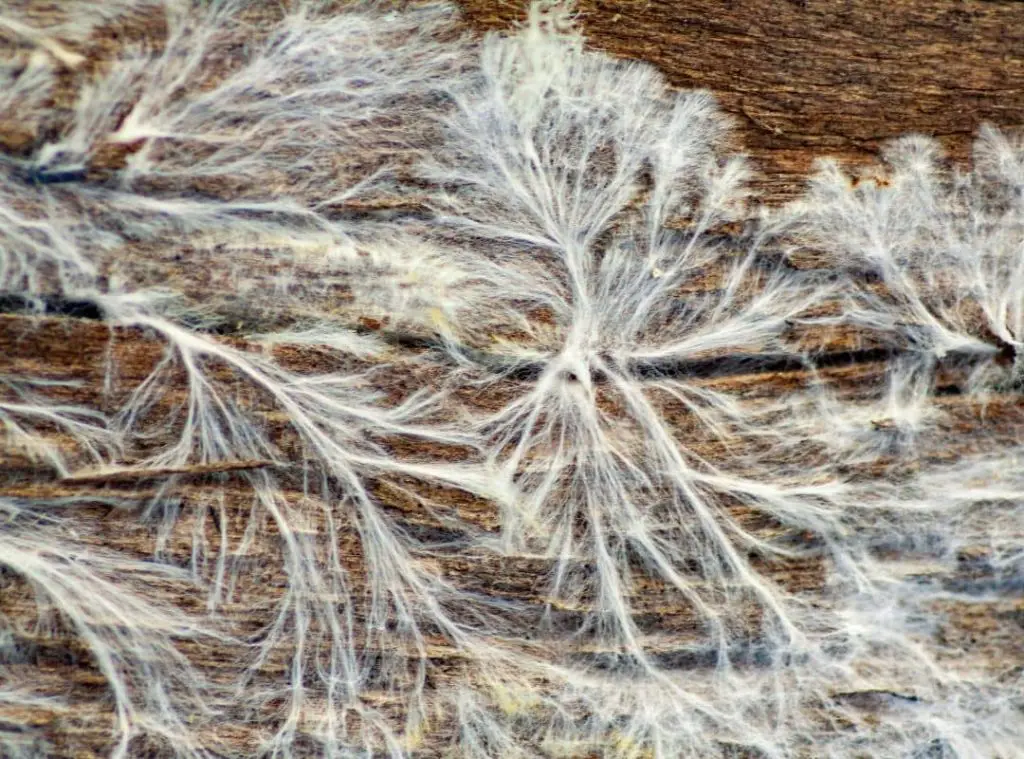
How to Tell When Mycelium is Fully Colonized?
Contents
- 1 How to Tell When Mycelium is Fully Colonized?
- 2 How long does mycelium take to colonize fully?
- 3 What is the ideal temperature for mycelium colonization?
- 4 How long after inoculation should I see mycelium?
- 5 What to do if mycelium isn’t fully colonized?
- 6 Should I shake my spawn jars?
- 7 When should I shake mycelium?
- 8 How do you speed up mushroom colonization?
- 9 Does mycelium need darkness?
- 10 Does mycelium grow faster in the light?
- 11 What humidity does mycelium grow best?
- 12 Are 80 degrees too hot for mycelium?
- 13 What triggers mushroom fruiting?
- 14 FAE Method for Mushroom Fruiting
- 15 How can I tell if mycelium is healthy?
- 16 Why is my mycelium not fruiting?
- 17 How can I tell if my mycelium is too old?
- 18 Conclusion
The easiest way to tell if your mycelium is fully colonized is to look at the culture under a microscope. It is fully colonized if you see 100% white mycelium coverage with no bare spots.
However, not all growers have a microscope, so here are some other ways to tell:
- The culture should be firm to the touch and not mushy.
- If you gently shake the culture, no mycelium should come off.
- There should be no visible bare spots.
- The culture should be an off-white color, with no brown, blue, or green spots.
- You will see pinning (primordia formation) within 7-10 days after the culture is fully colonized.
If you see any of the above signs, then congratulations! Your mycelium is fully colonized. Usually, pinning is the best indicator that the mycelium is fully colonized. If you see primordia forming, then you can be sure that the mycelium is fully colonized and ready to fruit. Once you see primordial, you can initiate fruiting by changing the conditions (light, temperature, humidity, etc.)
How long does mycelium take to colonize fully?
The Mycelium colonization process takes varied time depending on the density of the substrate and the mushroom species. For example, button mushroom mycelium colonizes the substrate within 5-7 days, while portobello mushroom mycelium can take up to 2 weeks. Growing oyster mushrooms can take up to 14- 28 days for the mycelium to fully colonize the substrate. Shiitake is a longer colonizing species and may take as long as 84 days for the mycelium to colonize in sawdust fully. Shiitake colonization in logs might take up to 12 to 18 months.
So, as you see, mycelium takes less time to colonize on a soft substrate while it takes more time to colonize on a harder substrate. The incubation temperature also has an effect on the colonization time. If the temperature is too low, it can take longer for the mycelium to colonize. Incorrect incubation temperature is the most common cause of a less than fully colonized mycelium culture.
What is the ideal temperature for mycelium colonization?
The temperature during mycelium colonization should remain between 68-74 degrees Fahrenheit. If the temperature is too low, it can take longer for the mycelium to colonize. If the temperature is too high, it can kill the mycelium.
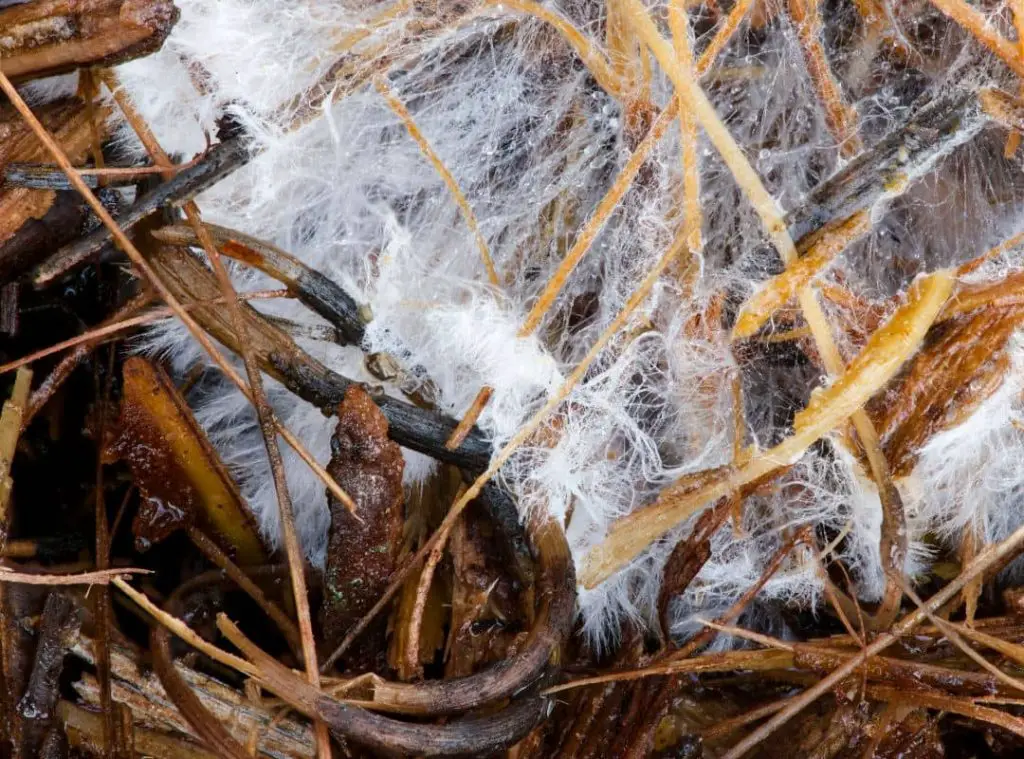
How long after inoculation should I see mycelium?
If everything is done correctly, you should observe mycelium within four days to two weeks following inoculation. This is just a general guide, and depending on the species, substrate, and incubation temperature, the time it takes for the mycelium to show can vary.
What to do if mycelium isn’t fully colonized?
If you think that your mycelium isn’t fully colonized, the first thing you should check is the incubation temperature. If the temperature in the room is too low, try increasing it a few degrees. If the temperature is too high, you can try lowering it a few degrees. If the temperature is correct and you still don’t see any mycelium, you can try checking the substrate for contaminants. If there are contaminants present, they will need to be removed before the mycelium can continue to colonize.
Once you’ve checked the temperature and substrate, and you’re still not seeing mycelium, you can try checking the culture under a microscope. If no mycelium is present, then the culture may be too old or have been contaminated. If you think that the culture is too old, you can try starting with a new culture. If you think that the culture has been contaminated, you can try sterilizing the substrate and starting again. When in doubt, starting with a new culture is always best.
Should I shake my spawn jars?
If your substrate is soft, you can achieve better results by shaking. For example, if you’ve made your substrate with grain, shaking will help break up grain clumps and allow for better colonization. If your substrate is hard, like sawdust, shaking is not necessary and can actually be harmful. Shaking will break up the sawdust into smaller pieces, making it more difficult for the mycelium to colonize. Generally, it’s best to shake your spawn jars if the substrate is soft and not shake them if the substrate is hard.
When should I shake mycelium?
You should shake mycelium when it is about half colonized. This will help break up the substrate clumps and allow for better colonization. Some mushroom growers also recommend shaking the mycelium when it is 30% colonized. Shaking mycelium too early can be harmful and can actually delay colonization. This is because shaking will break up the substrate into smaller pieces, making it more difficult for the mycelium to colonize. Generally, it’s best to shake your spawn jars when the mycelium is half colonized or when it is 30% colonized.
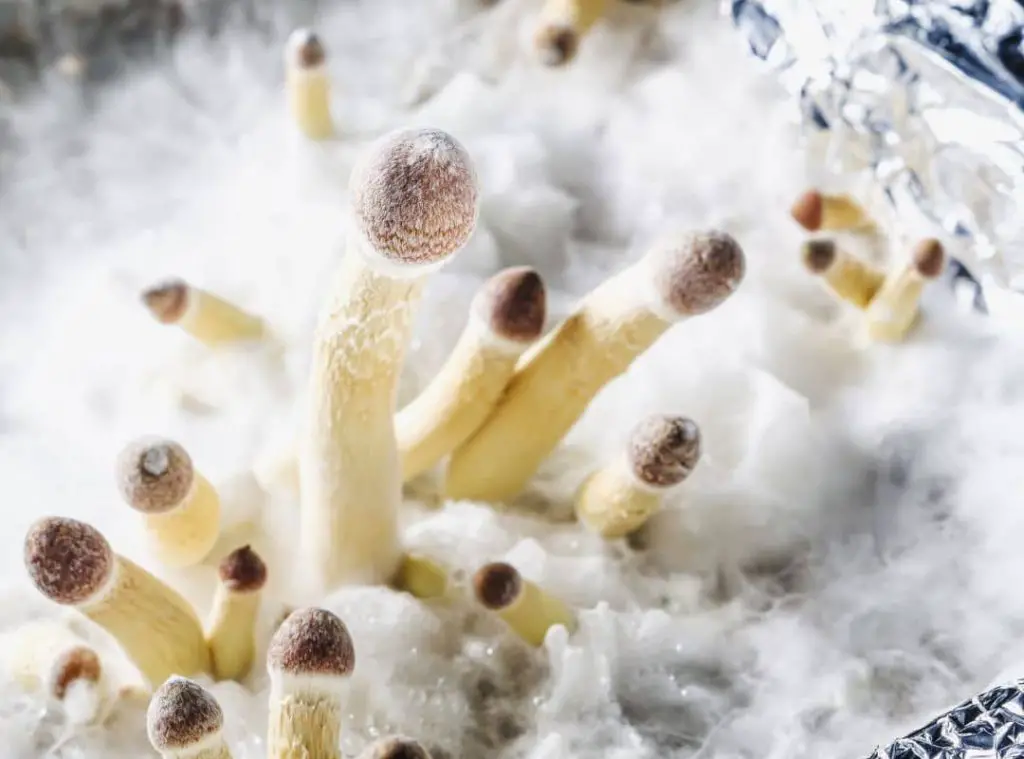
How do you speed up mushroom colonization?
There are various things you may do to accelerate mushroom colonization.
- Make sure that the substrate is the correct moisture content.
If the mycelium substrate is too dry, it will be difficult for the mycelium to colonize. If the mycelium substrate is too wet, it can lead to problems with mold and bacteria.
- Make sure that the substrate is properly aerated.
If the substrate is too dense, it will be difficult for the mycelium to colonize.
- Make sure that the substrate is at the correct temperature.
If the substrate is too cold, it will be difficult for the mycelium to colonize. If the substrate is too hot, it can lead to problems with mold and bacteria. If everything seems fine, you can provide ambient light and gentle air circulation to encourage colonization further.
Tip: Sit the spawn bag on top of your dresser in your bedroom to achieve ambient light.
Does mycelium need darkness?
No, mycelium does not need darkness. In fact, mycelium requires light to induce primordium formation and fruit bodies’ development. Mycelium will normally colonize well in the dark, but they will begin to fruit once exposed to light.
Does mycelium grow faster in the light?
No. mycelium usually grows faster in the dark. This is because fungi are adopted to grow during the nighttime in their natural environment.
Light can actually be harmful to some fungi and can cause them to produce less mycelium. This is because the sun’s radiation causes less humid and hot areas on the surface of the substrate, which can lead to dehydration. Generally, it’s best to avoid exposing mycelium to light until they are fully colonized.
What humidity does mycelium grow best?
Mycelium grows best at high humidity. This is because fungi are adapted to grow in humid environments. The mycelium can dehydrate and stop growing if the humidity is too low. Mycelium can drown if the humidity is too high. Generally, humidity between 85-95% is ideal for most fungi.
Are 80 degrees too hot for mycelium?
No. However, 80 degrees is considered the maximum temperature for most fungi. If the temperature is too high, it can lead to problems with mold and bacteria. High temperatures can also kill the mycelium. In general, it’s best to avoid exposing mycelium to temperatures above 80 degrees.
What triggers mushroom fruiting?
A few different environmental factors trigger mushroom fruiting. The most important factor is light. Fungi are adapted to colonize during the nighttime in their natural environment. However, exposing the mycelium to light will cause them to begin producing fruit bodies. Other important factors include temperature, humidity, decreased levels of carbon dioxide, and air circulation. Ensuring these environmental factors are in the correct range will encourage mushroom fruiting.
FAE Method for Mushroom Fruiting
The FAE method is a way to encourage mushroom fruiting by providing fresh air exchange. This is done by opening the lid of the grow chamber for a few minutes each day to allow fresh air to enter. The FAE method is especially effective for small, enclosed grow chambers.
How often should I open the lid for FAE?
It’s best to open the lid for a few minutes each day.
How can I tell if mycelium is healthy?
Mycelium is considered healthy if it is white, fluffy, and shows signs of active growth. Mycelium that is brown, slimy, or has stopped growing is considered unhealthy. If your mycelium is unhealthy, it is important to try to figure out what is causing the problem. The most common cause of unhealthy mycelium is incorrect environmental conditions. Ensure that the temperature, humidity, carbon dioxide levels, and air circulation are all in the correct range, and your mycelium will likely recover if it is unhealthy.
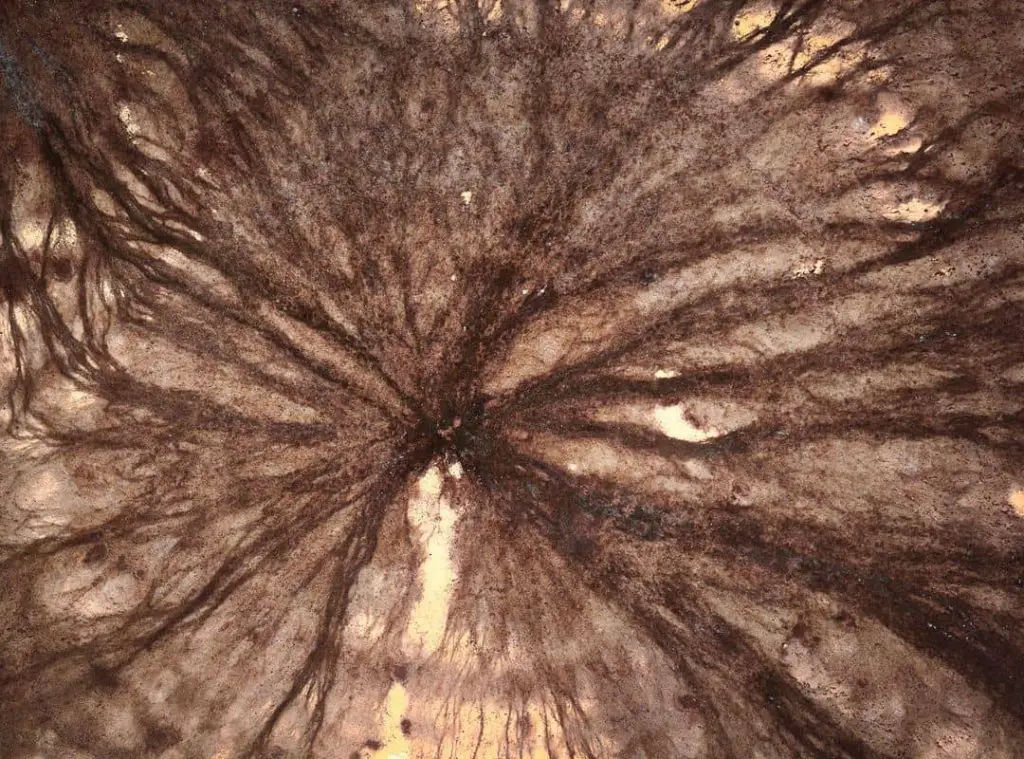
Why is my mycelium not fruiting?
There are a few different reasons why mycelium might not be fruiting.
Not enough moisture
When your mycelium isn’t getting enough moisture, it can dry out and stop growing. This is a common problem if the humidity in your grow chamber is too low.
Not enough light
Another reason why your mycelium might not be fruiting is that it isn’t getting enough light. Fungi are adapted to grow in the dark, so they won’t begin producing fruit bodies unless they are exposed to light. If you’re using an enclosed grow chamber, open the lid for a few minutes each day to allow light in.
Incorrect temperature
The temperature in your grow chamber might also be preventing your mycelium from fruiting. Most fungi prefer temperatures between 70-80 degrees Fahrenheit. If the temperature in your grow chamber is too high or too low, it can prevent the mycelium from fruiting.
Not enough fresh air
Another reason why your mycelium might not be fruiting is that it isn’t getting enough fresh air. Fungi need fresh air for fruit, so it’s important to ensure that your grow chamber has good ventilation. If you’re using an enclosed grow chamber, make sure to open the lid for a few minutes every day to allow fresh air in. You can also try using the FAE method to encourage fruiting.
Unhealthy Mycelium
If your mycelium is unhealthy, it might also prevent fruiting. Mycelium is considered unhealthy if it is brown, slimy, or has stopped growing. If your mycelium is unhealthy, it is important to try to figure out what is causing the problem. Some common causes of unhealthy mycelium are incorrect environmental conditions, contamination, lack of moisture, or lack of light.
Old Mycelium
Mycelium can also stop fruiting if it is too old. Mycelium typically has a lifespan of 2-3 years, after which it will stop growing and fruiting. If your mycelium is older than three years, it is most likely too old to fruit, and you will have to start over with a fresh Mycelium.
How can I tell if my mycelium is too old?
If your mycelium is more than three years old, it is likely too old to fruit. Mycelium has a life span of two to three years; therefore, if your mycelium is more than three years old, it’s past its fruiting prime.
Conclusion
You should now know “How To Tell When Mycelium Is Fully Colonized”. Following the simple steps in this post will increase your chances of success and have a healthier culture. Keep a look out for pinning 7-10 days after the culture has fully colonized; this indicates that your mushrooms are ready to harvest!
Read Next : Clathrus Crispus | An Unusual Mushroom |

